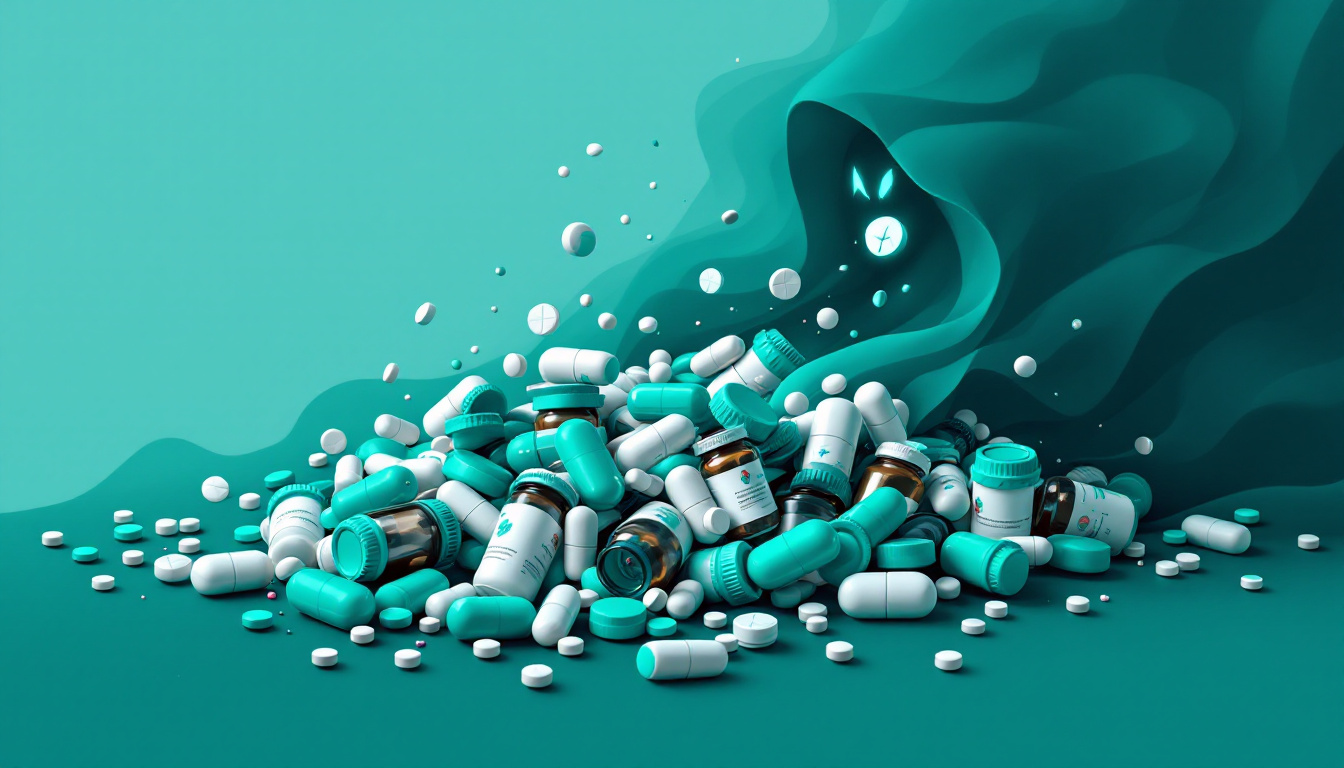Understanding Life-Threatening Drug Reactions
In the complex world of modern medicine, medication plays a crucial role in treating various ailments and enhancing quality of life. However, while many drugs are beneficial, it is essential to understand that not all reactions to medications are benign. Life-threatening side effects are a critical concern, with potential to cause severe harm or even result in fatalities if left unmanaged. This article provides an in-depth look into the nature of these severe drug reactions, the medications associated with them, and essential steps for prevention and management. Understanding these dangers empowers patients and healthcare providers alike to make informed decisions and take proactive measures for safety.
Identifying Severe Side Effects and Their Implications
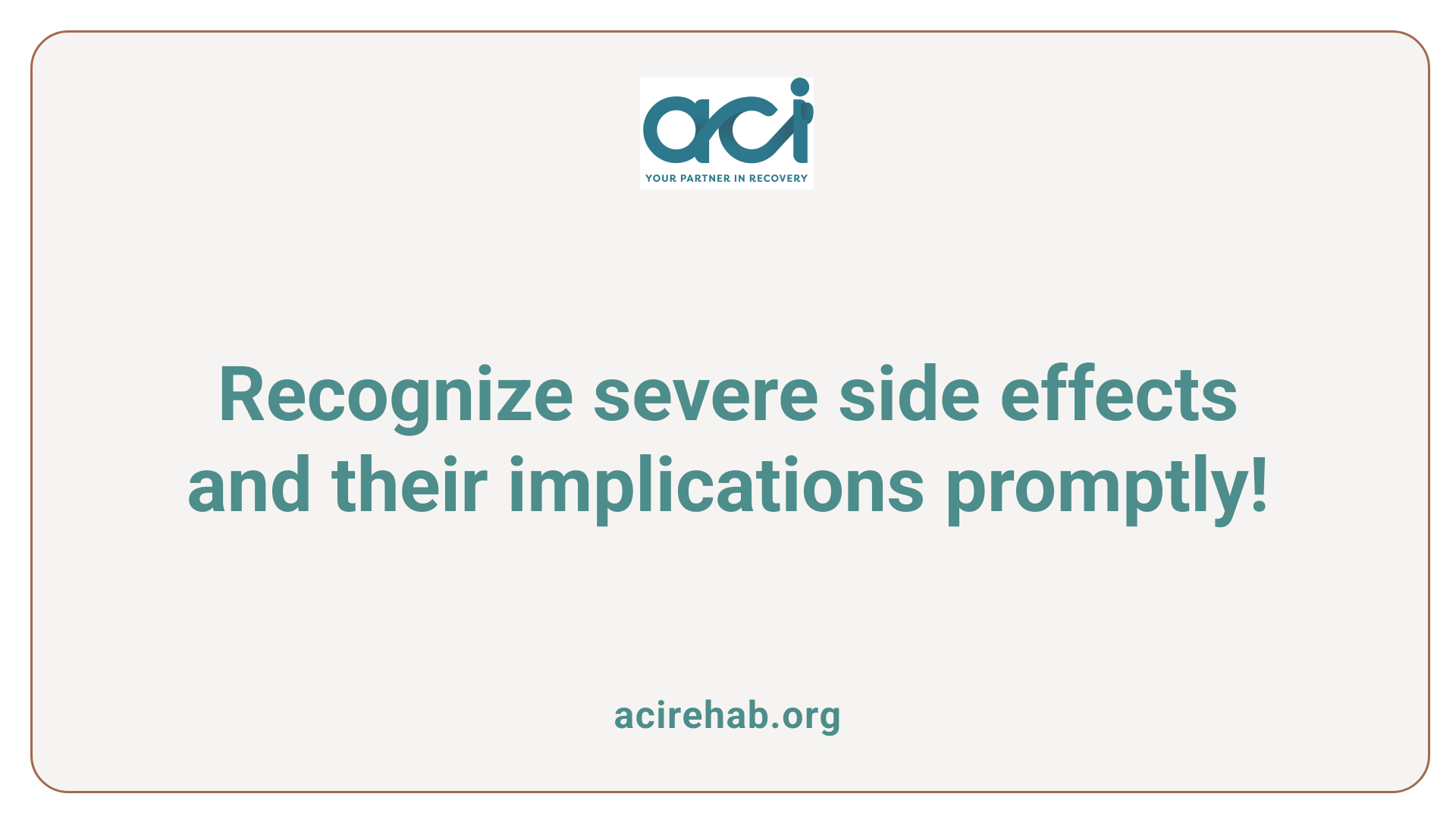
What are severe side effects of drugs?
Severe side effects of drugs can manifest in various ways and greatly differ depending on the specific medication and the individual’s unique health profile. Noteworthy examples of life-threatening reactions include:
- Internal Bleeding: Commonly associated with anticoagulants like Warfarin, it may result in hospitalization or surgery.
- Angioedema from ACE Inhibitors: This condition can lead to significant swelling and difficulty breathing, requiring immediate medical attention.
- Lactic Acidosis: Associated with Metformin, this can lead to dangerously low blood pressure and organ failure.
- Rhabdomyolysis: Rarely caused by Statins, this severe muscle condition can result in kidney damage.
- Liver Failure: High doses of acetaminophen, especially when taken with alcohol, pose a significant risk for this life-threatening condition.
- Gastrointestinal Bleeding: Nonsteroidal anti-inflammatory drugs (NSAIDs) are known for this potential severe side effect.
Abruptly stopping certain medications, such as blood thinners and antidepressants, can also lead to serious health complications including strokes or severe mental health deterioration.
Examples of severe drug reactions
Examples of severe drug reactions that are particularly concerning include:
| Reaction Type | Related Drug(s) | Severity Level |
|---|---|---|
| Respiratory Depression | Opioids (e.g., Fentanyl) | Life-threatening, requires immediate action |
| Anaphylaxis | Antibiotics | Life-threatening, urgent intervention needed |
| Stevens-Johnson Syndrome | Lamotrigine | Can lead to extensive skin damage, potentially fatal |
| Drug-Induced Myopathy | Various medications | Severe muscle weakness, affects quality of life |
Management and consultation with healthcare providers
Given the severe implications of these side effects, comprehensive management is crucial. Consulting with healthcare providers about potential side effects and medication interactions is vital for safe treatment regimens. Patients are advised to:
- Communicate openly: Disclose all medications being taken, including over-the-counter drugs and herbal supplements.
- Be proactive: Report any unusual symptoms immediately.
- Schedule regular check-ups: This ensures that any developing issues can be caught early.
Understanding the risks associated with medications empowers patients to engage in their healthcare positively and take necessary precautions.
Understanding Life-Threatening Drug Reactions
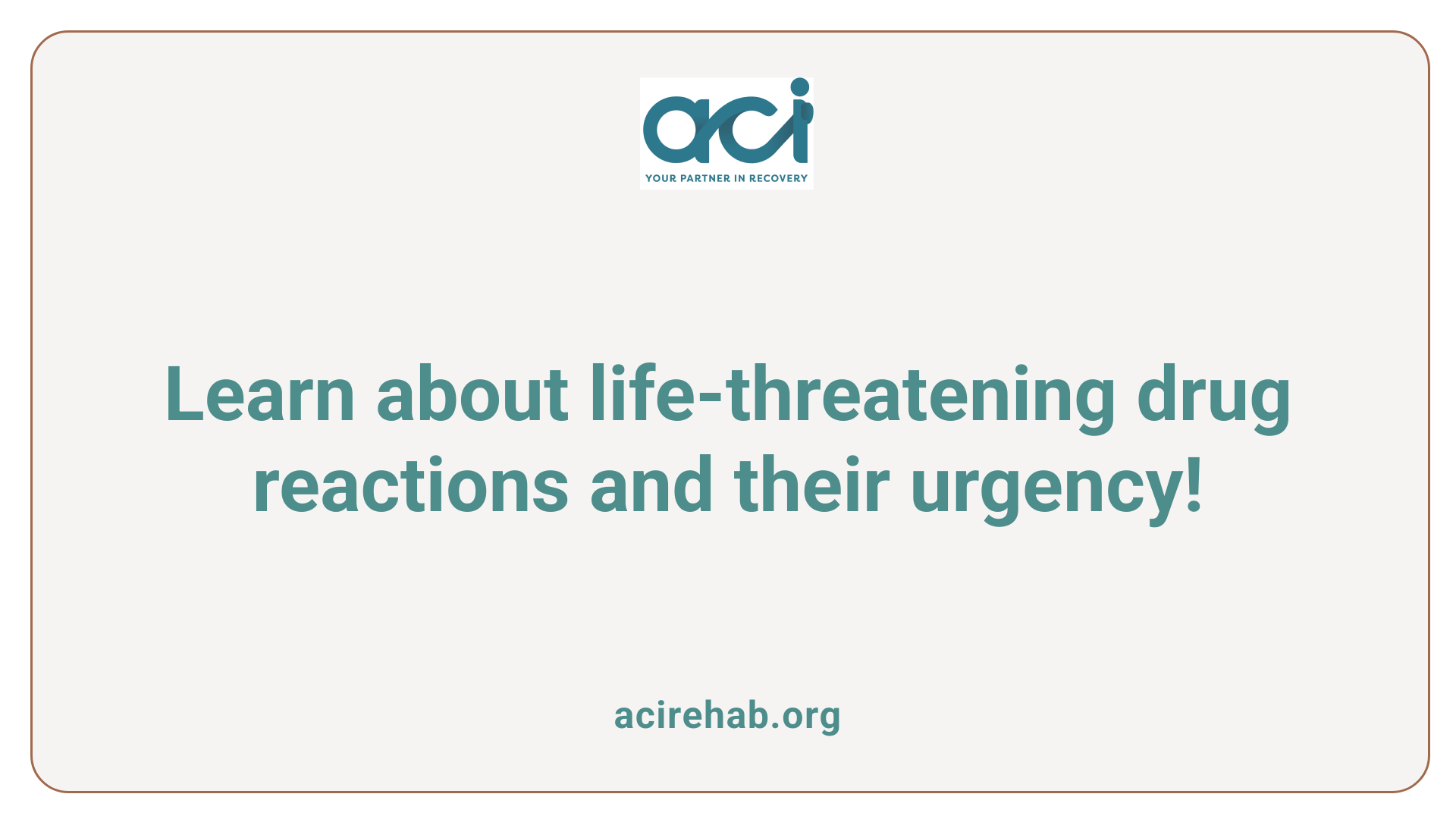
What is a life-threatening drug reaction?
A life-threatening drug reaction refers to severe, often rapid, responses to medications that can result in serious health risks. A prominent example is anaphylaxis, a critical allergic reaction that can occur within minutes of exposure to a drug. Symptoms of anaphylaxis include:
- Difficulty breathing
- Swelling of the throat
- Hives
- Nausea
- Abrupt drop in blood pressure which can lead to loss of consciousness.
Immediate recognition of these symptoms is crucial, as anaphylaxis requires urgent medical intervention, typically with epinephrine. Other serious drug reactions include serum sickness and Drug Reaction With Eosinophilia and Systemic Symptoms (DRESS), which may take longer to develop but can also lead to life-threatening conditions.
Anaphylaxis and other severe reactions
In addition to anaphylaxis, medications can cause other severe adverse reactions. Examples include Stevens-Johnson syndrome (SJS) and toxic epidermal necrolysis (TEN), both characterized by extensive skin rash and complications that can lead to organ failure. Recognizing these conditions promptly can be life-saving.
Immediate action steps
If you suspect a life-threatening drug reaction, immediate steps should be taken:
- Stop taking the medication immediately.
- Call emergency services or get to a hospital.
- Inform healthcare professionals about the medication taken and the symptoms experienced.
Proper medication management and awareness of potential side effects can significantly reduce the risk of these dangerous reactions.
Recognizing and Responding to Life-Threatening Side Effects
What are some life-threatening medication side effects?
Life-threatening medication side effects can manifest in a variety of forms, reflecting the complexity of pharmaceutical interventions. Here are key examples:
- Hallucinations: Associated with psychiatric medications like olanzapine and quetiapine, these can result in confusion and distress.
- Memory Loss: Nonbenzodiazepine sedatives such as Ambien may cause significant amnesia, resulting in risky behaviors without the user’s recollection.
- Priapism: A painful, prolonged erection linked to drugs like trazodone can lead to tissue damage if medical attention is not sought immediately.
- Blood Clots: Medications like oral contraceptives and testosterone therapies carry the risk of blood clots, which can be life-threatening if not addressed promptly.
- Stevens-Johnson Syndrome (SJS): This severe skin reaction linked to drugs such as lamotrigine necessitates urgent intervention due to its potentially fatal outcomes.
- Increased Cancer and Birth Defect Risks: Certain medications have been flagged for their associations with heightened cancer risks or serious birth defects, underscoring the need for thorough patient monitoring.
Specific drugs and conditions associated with severe risk
Further systematic scrutiny reveals additional drugs and their links to serious side effects:
| Drug Class | Common Side Effects | Associated Risks |
|---|---|---|
| Antipsychotics | Sudden cardiac death | Particularly in elderly patients or those on multiple medications. |
| Opioids | Respiratory depression, overdose | Life-threatening breathing problems, especially when unsafe combinations occur. |
| Blood thinners | Serious internal bleeding | Increases risk of bleeding complications, especially if overdosed. |
| Antibiotics | Anaphylaxis, SJS | Severe allergic reactions can escalate quickly. |
| Chemotherapy agents | Infection, bleeding, organ toxicity | Affects both healthy and cancerous cells, leading to serious health complications. |
Recognizing these potentially fatal side effects early and responding appropriately is critical for patient safety. Individuals and healthcare providers must be diligent, ensuring timely interventions to mitigate risks.
Defining Serious Adverse Drug Effects
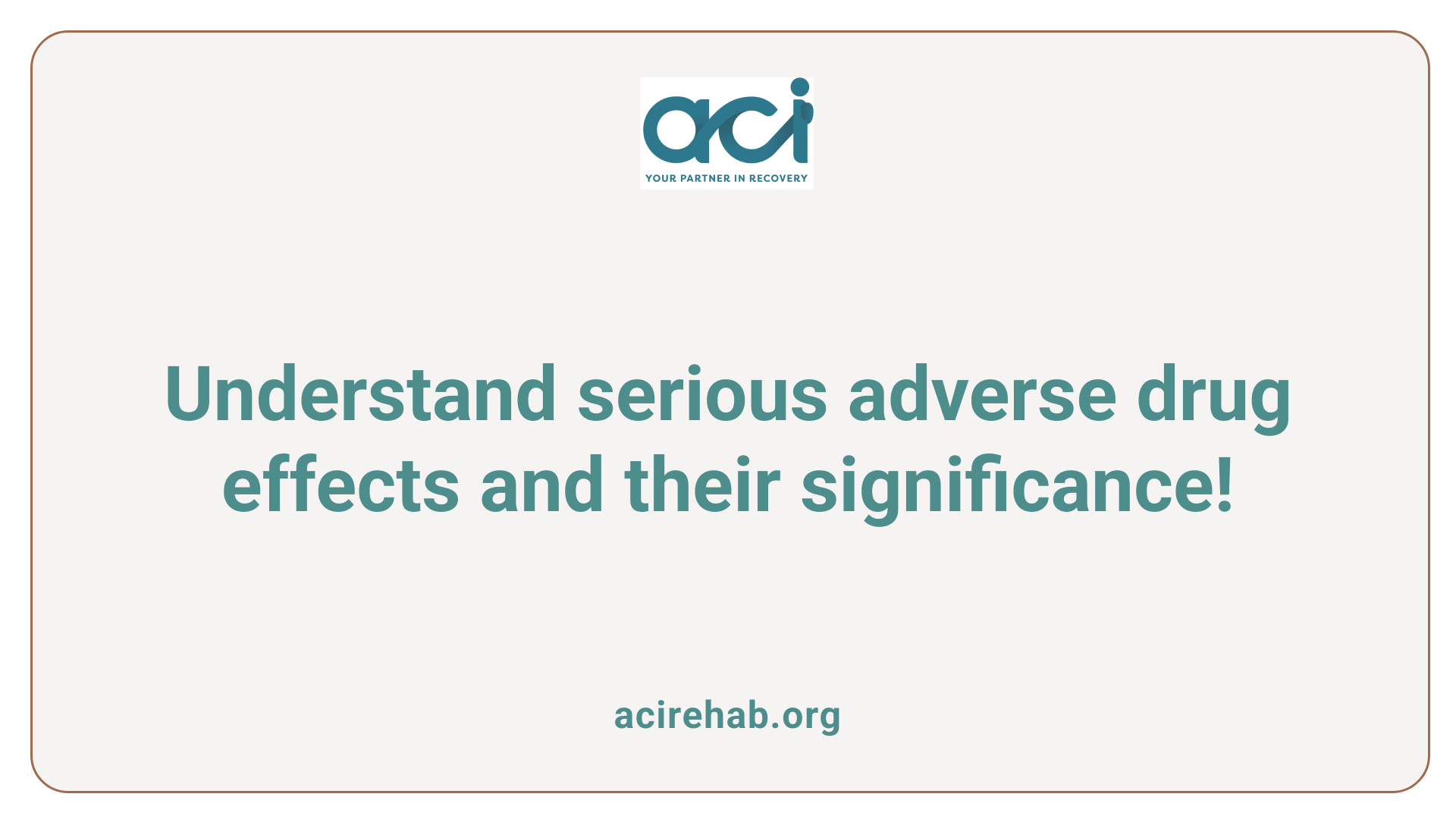
What are serious adverse drug effects?
Serious adverse drug effects refer to reactions that result in death, are life-threatening, or require hospitalization or an extension of the hospital stay. They may also lead to persistent or significant disability and can sometimes manifest as birth defects. It’s important to note that the term ‘serious’ is defined by the consequences for the patient, rather than the severity of the symptoms experienced.
Distinctions in Regulatory Definitions
The distinction between ‘serious’ and ‘severe’ is critical in the context of pharmacovigilance. Regulatory bodies like the FDA emphasize that serious adverse effects require swift identification and reporting to promote patient safety. For example, a serious reaction can arise from antibiotics leading to life-threatening conditions such as Stevens-Johnson Syndrome, whereas a severe reaction might simply describe intense but non-life-threatening side effects.
This classification on adverse reactions highlights the complexities involved in evaluating drug safety and efficacy. As healthcare providers manage medications, understanding these aspects ensures better monitoring and intervention strategies.
| Term | Definition | Examples |
|---|---|---|
| Serious | Results in death, life-threatening, or requires hospitalization | Anaphylaxis, liver failure, priapism |
| Severe | Intensity of symptoms, not necessarily life-threatening | Severe nausea, drowsiness |
Minimizing Risk: How to Reduce Side Effects
How can you reduce the side effects of medicine?
To effectively reduce the side effects of medicine, proactive communication with your healthcare providers is key. During consultations, discuss potential side effects associated with any new prescriptions. This dialogue can provide insights into managing common reactions and implementing preventative strategies, such as taking medications with meals.
Maintaining an updated list of all medications and supplements is crucial. This helps healthcare professionals identify possible negative interactions that can exacerbate side effects. Lifestyle adjustments are also beneficial; consider dietary changes or avoiding substances known to conflict with your medications.
If side effects do arise, don’t hesitate to promptly notify your healthcare provider. They can assess your situation and may suggest dosage adjustments or alternative treatments to minimize adverse reactions.
Importance of communication with healthcare providers
Open and ongoing communication with healthcare providers plays a vital role in managing medication side effects. Regular check-ins can help in recognizing any emerging issues early on, enabling timely interventions. This collaborative approach ensures that medications are both effective and as safe as possible for individual health needs.
Vulnerable Populations at Greater Risk
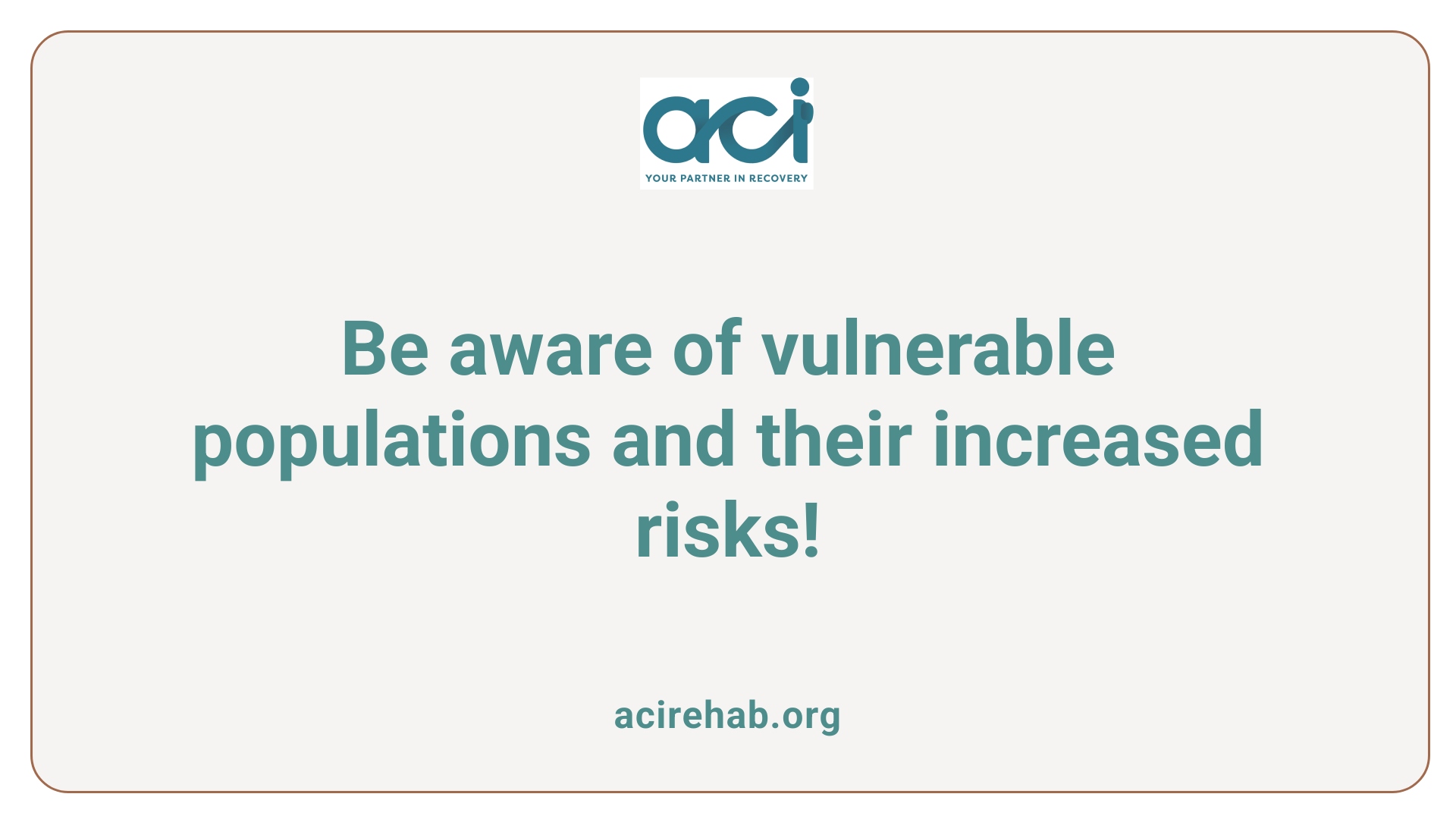
Elderly and Polypharmacy Issues
The elderly often face increased risks when prescribed multiple medications, known as polypharmacy. Their bodies process drugs differently due to age-related changes, leading to heightened sensitivity to side effects and interactions. Common issues include severe allergic reactions, heart arrhythmias, and increased fall risk due to dizziness.
Case Studies and Statistics on Drug Interactions and Adverse Effects
Statistics indicate that over 1.25 million serious adverse events related to medications were reported to the FDA in 2022, with the elderly being particularly affected. Studies reveal that the combination of antidepressants and anticoagulants can exacerbate bleeding risks, underscoring the critical need for careful medication management in older adults.
The Importance of Awareness and Reporting
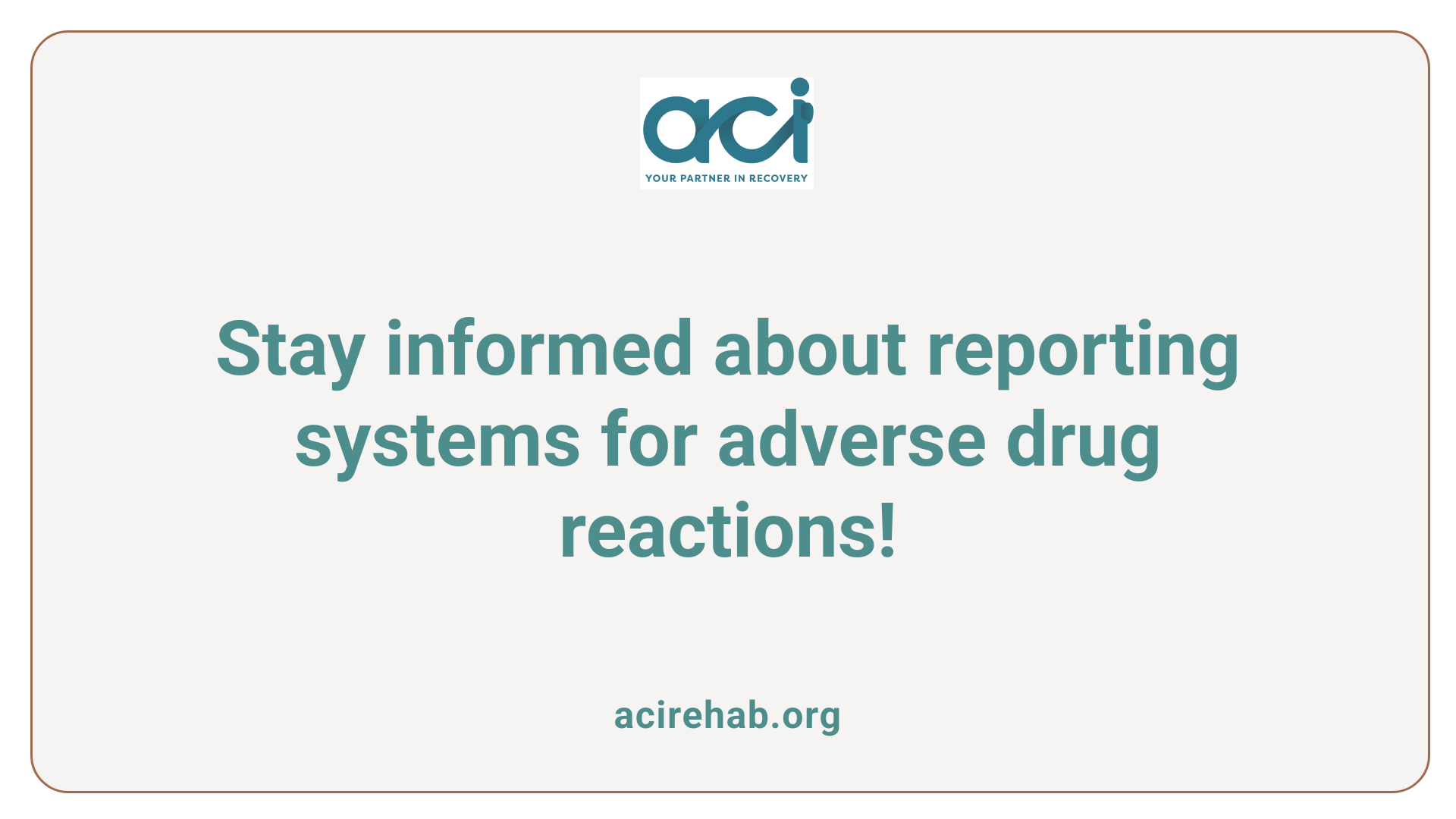
Role of FDA and other regulatory bodies
The FDA plays a critical role in monitoring the safety of medications post-market. They require explicit warnings for drugs that exhibit serious side effects, ensuring that clinicians and patients are informed.
Importance of adverse event reporting systems
Adverse event reporting systems like FAERS are vital for tracking serious drug reactions. With over 1.25 million serious events reported in a recent year, these systems help identify trends and initiate necessary warnings.
Educating patients and providers
Educating both patients and healthcare providers about potential side effects is essential. Awareness of signs of serious reactions could lead to timely reporting and intervention, ultimately improving medication safety.
Staying Informed and Safe
Understanding the potential for life-threatening drug side effects is crucial for anyone taking medications. Awareness of severe reactions, vigilance in monitoring symptoms, and active communication with healthcare providers are key components in ensuring safety. As the adage goes, "The best defense is a good offense." In the context of medication, this means being proactive about understanding the risks and precautions associated with prescriptions. By staying informed, patients and healthcare professionals can work together to mitigate these severe risks, supporting overall health and well-being.
References
- 10 Scariest Prescription Drug Side Effects – Pharmacy Times
- 5 Types of Medications with Serious Side Effects and How … – BuzzRx
- Common Drug Side Effects: Types & FDA Regulations – WebMD
- Finding and Learning about Side Effects (adverse reactions) – FDA
- Adverse Drug Reactions – StatPearls – NCBI Bookshelf
- Severity of Adverse Drug Reactions – Merck Manuals
- Recognizing Life-Threatening Drug Side Effects
- Medication Side Effects You Shouldn’t Ignore – WebMD

